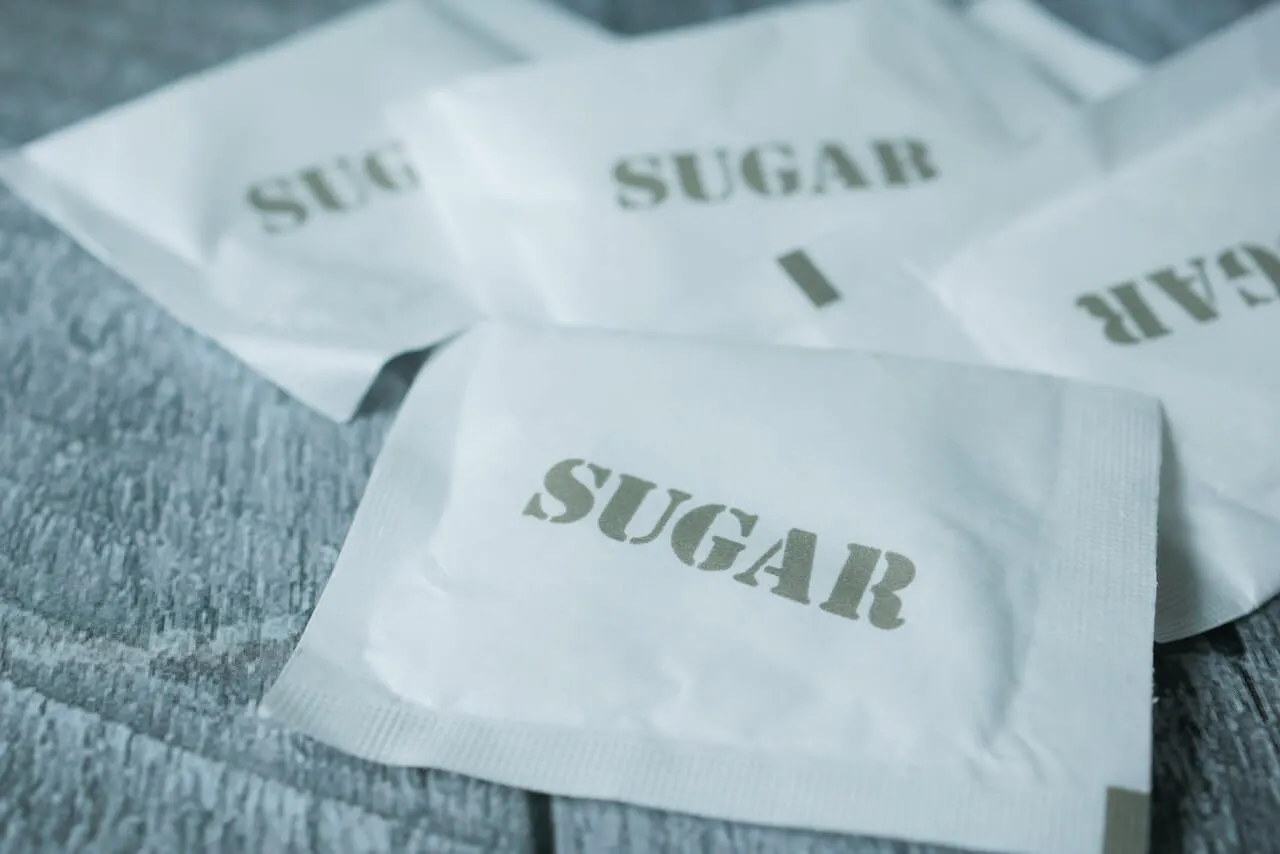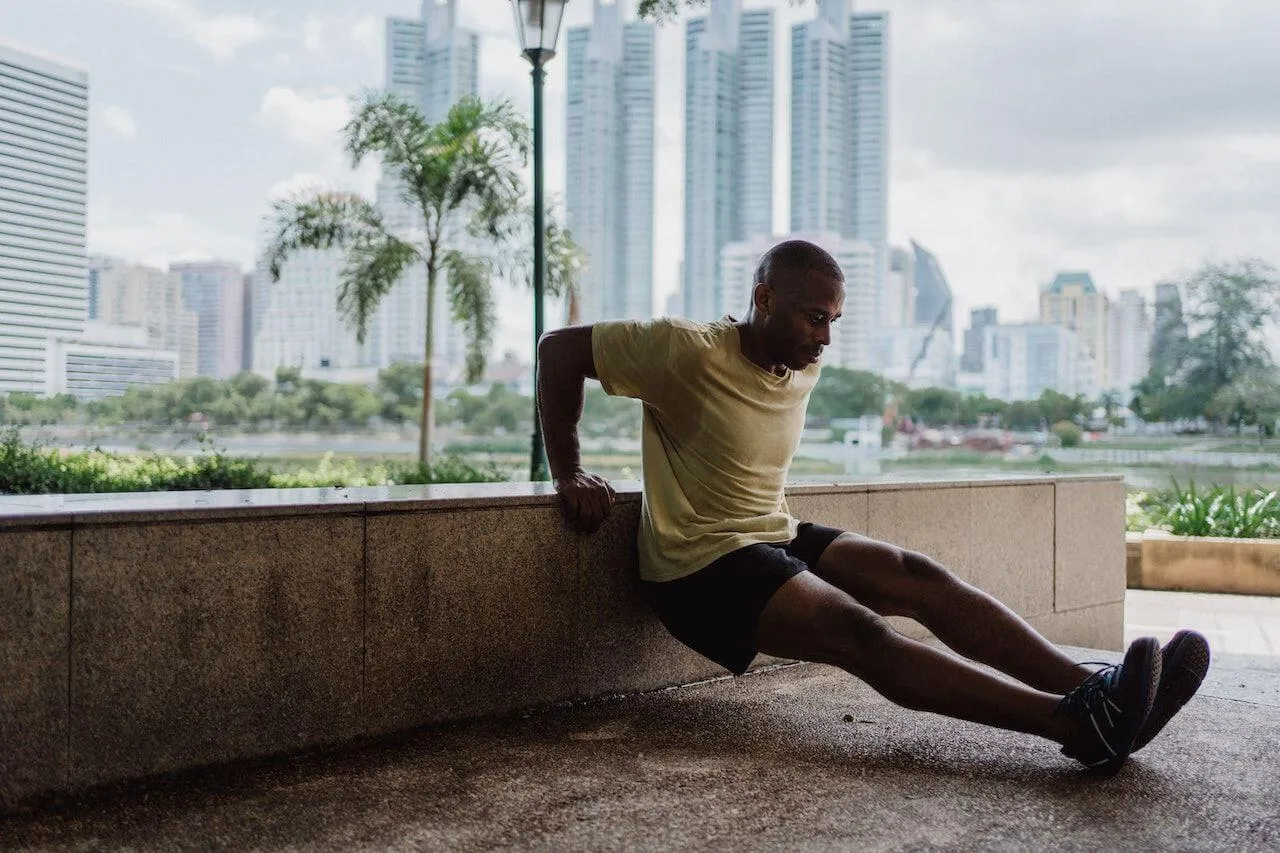People living with diabetes know that carb-rich meals aren't the only thing that can cause blood sugar to spike. In fact, ebbs and flows in your blood sugar levels are common and can be attributed to many factors that have nothing to do with food.
Both high (and low) blood sugar levels contribute to serious health problems, such as diabetic ketoacidosis, heart disease, kidney disease, obesity, and high blood pressure. If you're dealing with random blood sugar rises that don't seem related to your meal plan, you'll want to take a closer look at your lifestyle and consider other factors that can influence your glucose levels.
{{mid-cta}}
8 Things That Cause Your Blood Sugar Levels to Rise
Multiple factors can cause your blood sugar levels to shoot up; many have nothing to do with food.
Some common causes of blood sugar levels rising include:
- Dawn Phenomenon: This condition causes a spike in blood sugar levels in people living with diabetes, and much like its name suggests, it usually occurs between 4 a.m. and 8 a.m. Your body produces certain hormones, including cortisol and growth hormone, early in the morning, which causes your liver to make more glucose, giving you the energy to wake up. The spike in glucose signals the pancreas to release insulin, but if you live with diabetes, you may not produce enough insulin, or your body may not respond well. As a result, blood sugar levels may be high (hyperglycemia) when you wake up. 1
- Somogyi Effect: Also sometimes called "rebound hyperglycemia," this happens when low blood sugar levels at night cause your body to make too much glucose in the morning to compensate. It usually affects people with diabetes who are on insulin; the Dawn Phenomenon can also be a cause for the Somogyi Effect. 2
- Bad Colds: When you have a cold or the flu, the body releases stress hormones, such as cortisol, to help fight off the infection. This spike in hormones can cause blood sugar levels to rise, too.
- Stress: Illness isn't the only thing that causes stress on your body; dealing with too much anxiety can also trigger the body to release cortisol, leading to a spike in blood sugar. Your body can also experience stress after a night of poor sleep when you're sunburned or too hot or cold. 3
- Dehydration: When you're dehydrated and don't have adequate water levels in your body, your blood sugar levels become more concentrated. While you technically may not have more glucose in your bloodstream, the blood sugar to water ratio is higher, so you'll need to rehydrate to help level out your blood sugar levels. Here's another reason to drink more water: Elevated blood sugar levels can lead to increased urination and further dehydration.
- Menstrual periods and menopause: Your estrogen levels are lower during a period and menopause. Lower estrogen levels can cause your body to become less responsive to insulin, which can lead to high blood sugar levels.
- Steroid and corticoid medicines: Steroids and corticosteroids (such as prednisone) used to treat inflammation can also contribute to a spike in blood sugar by either causing your liver to release more glucose or reducing sensitivity to insulin. 4
- Incorrect intake of medication: Not taking enough insulin if you live with diabetes or not taking other medications as prescribed might cause your blood sugar to spike.
8 Things You Didn’t Expect Would Cause Your Blood Sugar Levels to Rise
Sometimes, it's even harder to pinpoint the cause of considerable blood sugar level swings, making it much more important to monitor your levels closely. Monitoring your blood sugar regularly can help you get to the bottom of your blood sugar spikes.
Some surprising causes of blood glucose spikes include:
- Birth control: Hormonal birth control, especially types with estrogen, might cause your body to increase your glucose levels while decreasing insulin sensitivity. However, this increase is usually very small, and hormonal birth control is considered safe for people living with diabetes.
- Exercise: Whether you log miles or lift weights, intense exercise can cause your blood sugar to spike and drop. During hard physical activity, your body releases stress hormones such as adrenaline, which triggers your liver to release glucose. But that doesn't mean you should give up movement altogether; regular exercise is still one of the best things to do to maintain your health, regardless of your diabetes status.
- Insufficient Sleep: Losing out on shut-eye time can cause your body to become less responsive to insulin, which can lead to a rise in blood sugar levels. Irregular sleep patterns (including getting too much sleep) can contribute to glucose intolerance. 5
- Personal Biology: Blood sugar spikes occur in people with or without diabetes, and your glucose levels depend on many synergistic factors throughout your body. Wearing a CGM (continuous glucose monitor) or glucose meter can help you better determine what affects your blood sugar levels.
- Hormonal Imbalances: Many hormones, aside from insulin, play a significant role in your blood sugar levels, and having too much or too little of one or more hormones can throw your blood sugar out of whack. If you think you have a hormonal imbalance, schedule a visit with your doctor or health care team to get tested.
- Artificial Sweeteners: These calorie-free foods might not be so innocuous after all. While the evidence isn't conclusive, some research suggests that artificial sweeteners (like sucralose and ace-K) can raise your blood sugar, especially when consumed in large amounts.
- Extreme Weather: Cold weather can cause your body to release more stress hormones, which raise your blood sugar. But you're not completely safe in the summer, either; high temperatures can mess with how your body uses insulin and lead to dehydration and subsequent blood sugar spikes. Ironically, extreme heat can also lead to low blood sugar (or hypoglycemia) as high temperatures can make your blood vessels dilate, which causes insulin to absorb quicker.
- Routine Alterations: Traveling and being in a different time zone or environment than what you're used to can mess with your eating and sleeping habits and your medication schedule, which can all affect your blood sugar levels.

Some Actionable Tips to Prevent and Control These Sugar Spikes
Maintaining healthy blood sugar levels can help regulate mood, appetite, and well-being. Luckily, there are a few simple ways to help prevent a blood sugar spike — and get it under control after you've experienced one.
Here are some best practices to help you avoid blood glucose spikes:
- Eat a lighter breakfast: Sitting down to a big breakfast, especially one high in carbs, can cause your blood sugar to shoot up; that effect is compounded if you've experienced the Dawn Phenomenon. But if you live with diabetes, skipping breakfast may not be a smart move, either as fasting until lunch can lead to big blood sugar spikes (aka postprandial hyperglycemia) and mess with your insulin responses throughout the day.
Instead, enjoy a light breakfast that contains a balance of fiber-rich complex carbohydrates (think whole-grain bread and cereals, quinoa, brown rice, and starchy vegetables) as well as lean proteins and healthy fats, which slow the absorption of carbs. 6

- Do exercise later in the day: The Dawn Phenomenon, coupled with a morning workout, can cause your blood sugar to rise even more. Try to exercise later in the day, and stick to high reps and low weights to keep glucose-spiking adrenaline at bay. 7
- Adjust the timing and type of medication (if needed): If you're on medication or insulin and still noticing erratic glucose spikes, talk to your doctor or healthcare provider about optimizing your current diabetes management plan. They might prescribe a different diabetes medication or suggest taking it at a different time.
- Monitor your blood sugar levels regularly: If you live with prediabetes, type 1 diabetes, or type 2 diabetes, monitoring your blood sugar levels is the most important thing you can do, as you'll be able to learn what affects your glucose levels and better manage your condition.
Using a CGM with Signos: Real-Time Data, Backed by AI
Signos pairs a real-time glucose biosensor with AI trained on tens of millions of data points to deliver personalized, science-backed guidance for weight management and health. See exactly how your body responds, and take action.
Learn how it works. Ready to get started? Join now.
Topics discussed in this article:
References
- https://diabetes.org/diabetes/treatment-care/high-morning-blood-glucose
- https://my.clevelandclinic.org/health/diseases/11443-somogyi-effect
- https://www.cdc.gov/diabetes/library/features/managing-diabetes-cold-weather.html
- https://www.diabetes.org.uk/diabetes-the-basics/other-types-of-diabetes/steroid-induced-diabetes#
- https://www.niddk.nih.gov/health-information/professionals/diabetes-discoveries-practice/the-impact-of-poor-sleep-on-type-2-diabetes
- https://pubmed.ncbi.nlm.nih.gov/26220945/
- https://diabetes.org/healthy-living/fitness/why-does-exercise-sometimes-raise-blood-sugar#




.svg)




.webp)





.svg)
.svg)
.svg)
.svg)
.svg)
.svg)
.svg)
